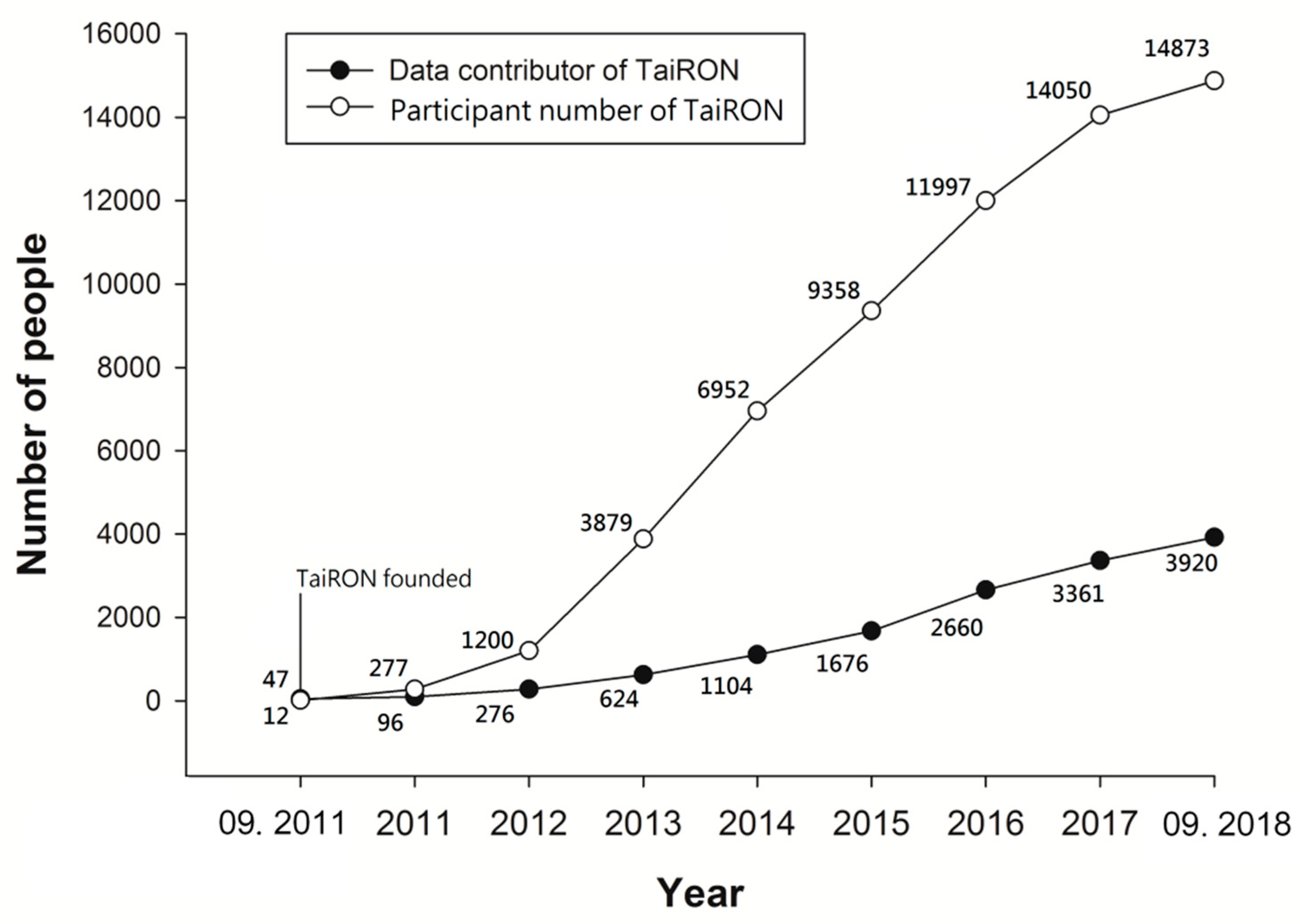Abstract
Citizen science has become a major source of scientific research in recent years. Many studies have concluded that citizen science projects not only contribute to the sciences but also considerably improve the scientific and environmental literacy of participating volunteers (citizen scientists). A dynamic citizen science project can accomplish goals that benefit society but it is difficult to establish, operate, and maintain a citizen science project. This paper reports a case study and examined the most famous citizen science project in Taiwan, the Taiwan Roadkill Observation Network (TaiRON), with the viewpoint of a community of practice learning theory. Community of practice theory is widely used in education and business management research and is an important framework for knowledge exchange and dissemination. Through content analysis, observation, and interviews with the moderator of the TaiRON project, this study explored how its internal operations reflected the principles of community of practice theory. The results indicated that TaiRON members developed a set of shared working methods and jointly completed certain actions. All participating members possessed in-depth knowledge or enthusiasm with respect to their specific focus areas, enabling them to meaningfully contribute to work on specific topics. The three major elements of a community of practice—domain, community, and practice—should be aligned with the community’s purpose and action. We discovered that the TaiRON citizen science project was consistent with the elements of the theory of community of practice. In particular, the establishment of TaiRON was enabled by scientific and technological advances; therefore, this paper discusses the characteristics of virtual communities of practice. Moreover, TaiRON contributed to raising the public’s environmental literacy. This paper reports pilot research concerning citizen science operations and may stimulate related future research.
View Full-Text , download PDF
Keywords: citizen science; communities of practice; environmental literacy; citizen scientist; Taiwan Roadkill Observation Network
